The Nature of Things
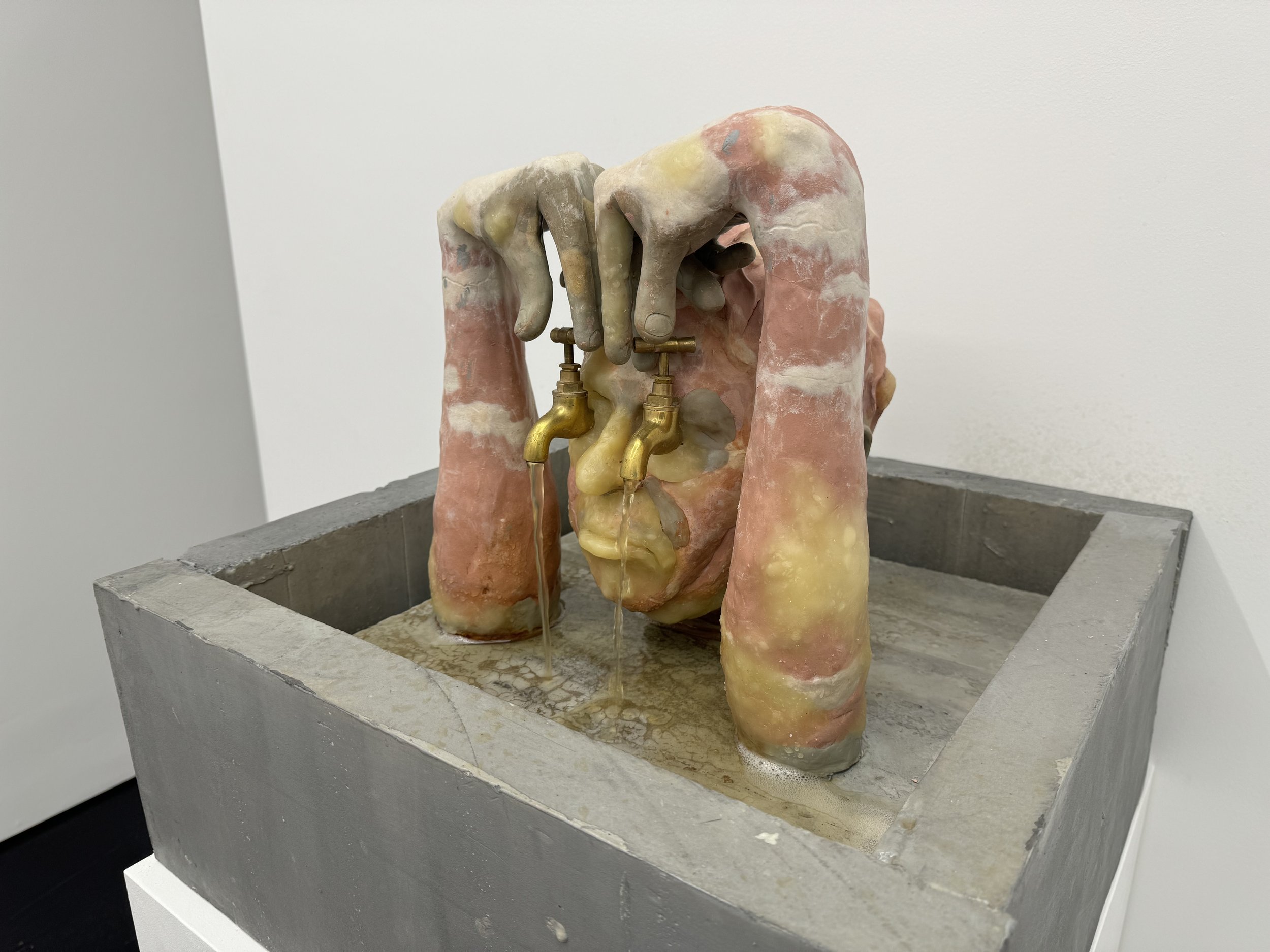

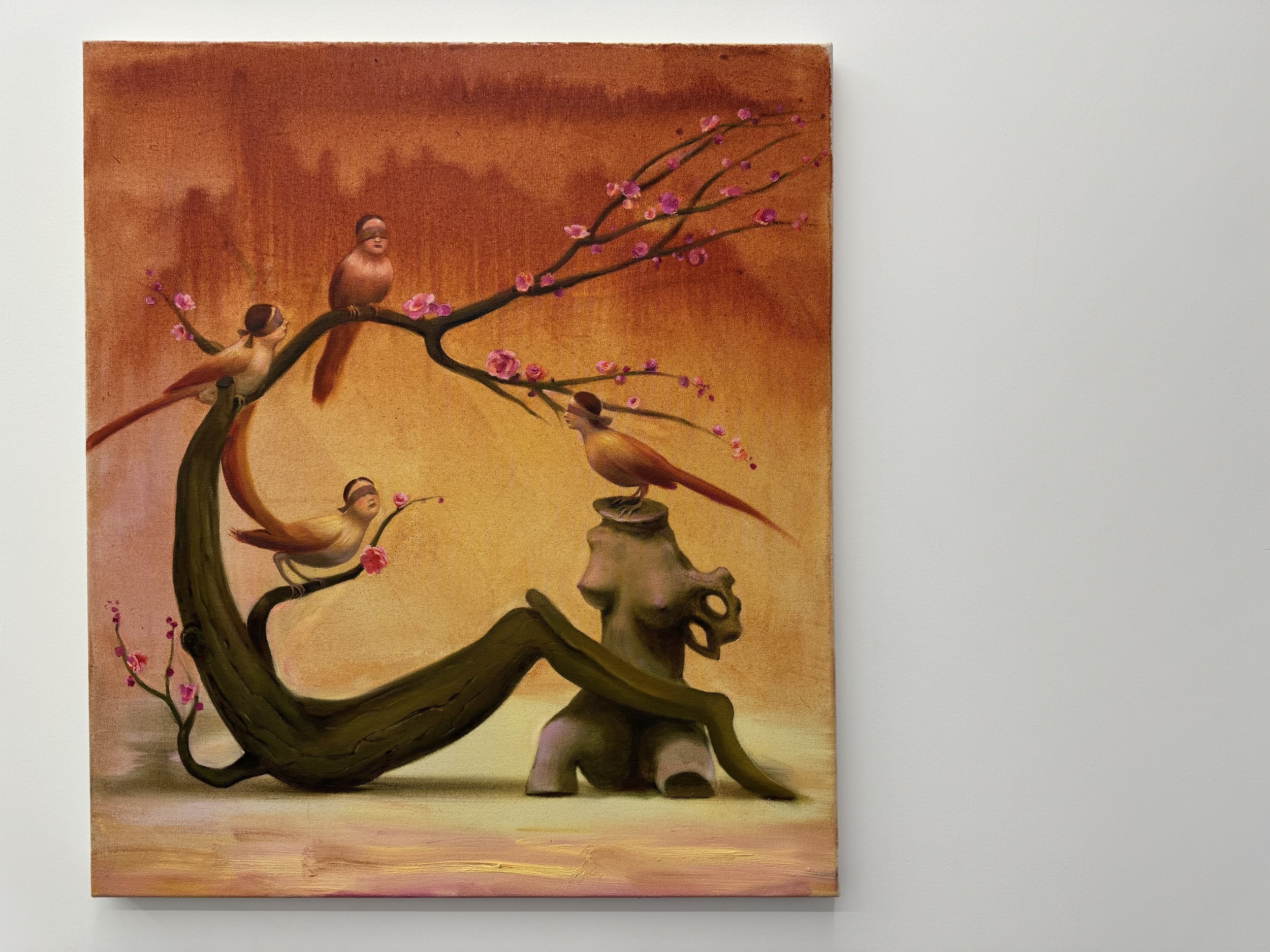

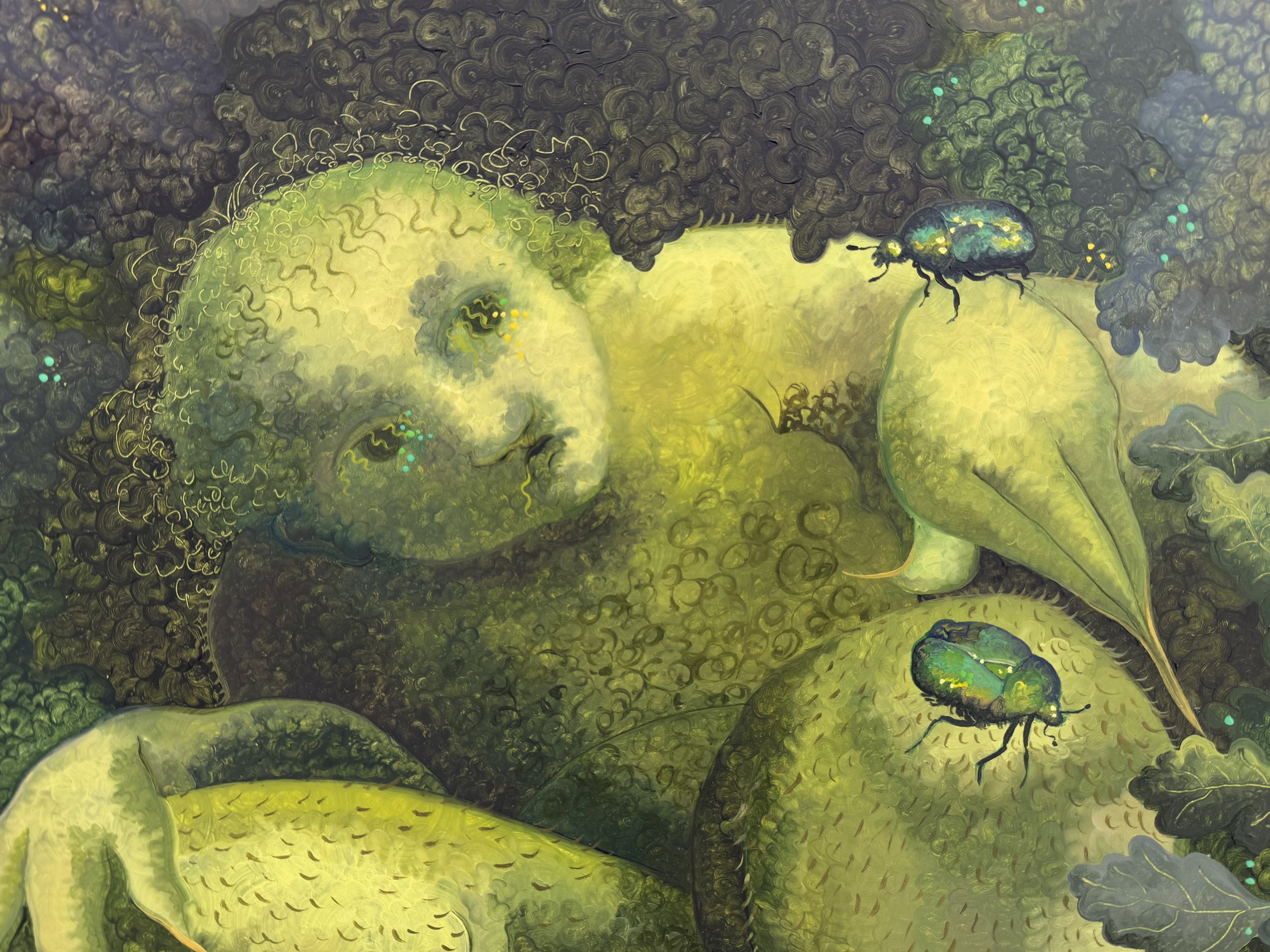

Curation is a lot like gardening. Visitors don’t often realise it involves more than just sourcing a selection of pretty plants. You need to figure out which ones look good together, which ones look great together, and you mustn’t forget to insert a few demure options in-between. Audiences are more engaged when they experience a variety of senses and emotions as they work their way through your show. A field full of sunflowers looks good from afar, but doesn’t provide much intrigue once you’re in the middle.
In ‘The Nature of Things’ artist Jane Haynes Greenwood has curated works from artists that “explore the thingliness of nature and the nature of things”. The art is filled with many obvious visual references to plants and organics, but I left the show thinking less about “our complex relationship with the vegetal world” and more about what sets good curation apart from great. Having a roster of exceptional artists certainly helps.
The entry begins as most good gardens do, with a water feature you’ll probably hear before you see. Dominic Watson’s ‘God Bless Strawberry Jam III’ sculpture presents a man crying cider instead of tears, which you’ll better appreciate if you lean in for a whiff. Appearing to depict Watson’s strange world, with similar shades of ochre and dystopian surrealism, are oil paintings by Martyn Cross and Lian Zhang that face each other from across the room. It’s somewhat ironic that this trio of works portraying figures with restricted perception can all be easily seen reflected in Serena Korda’s mirrors, but a closer peek at the subtle details of her work reveals an even more gruesome body modification.
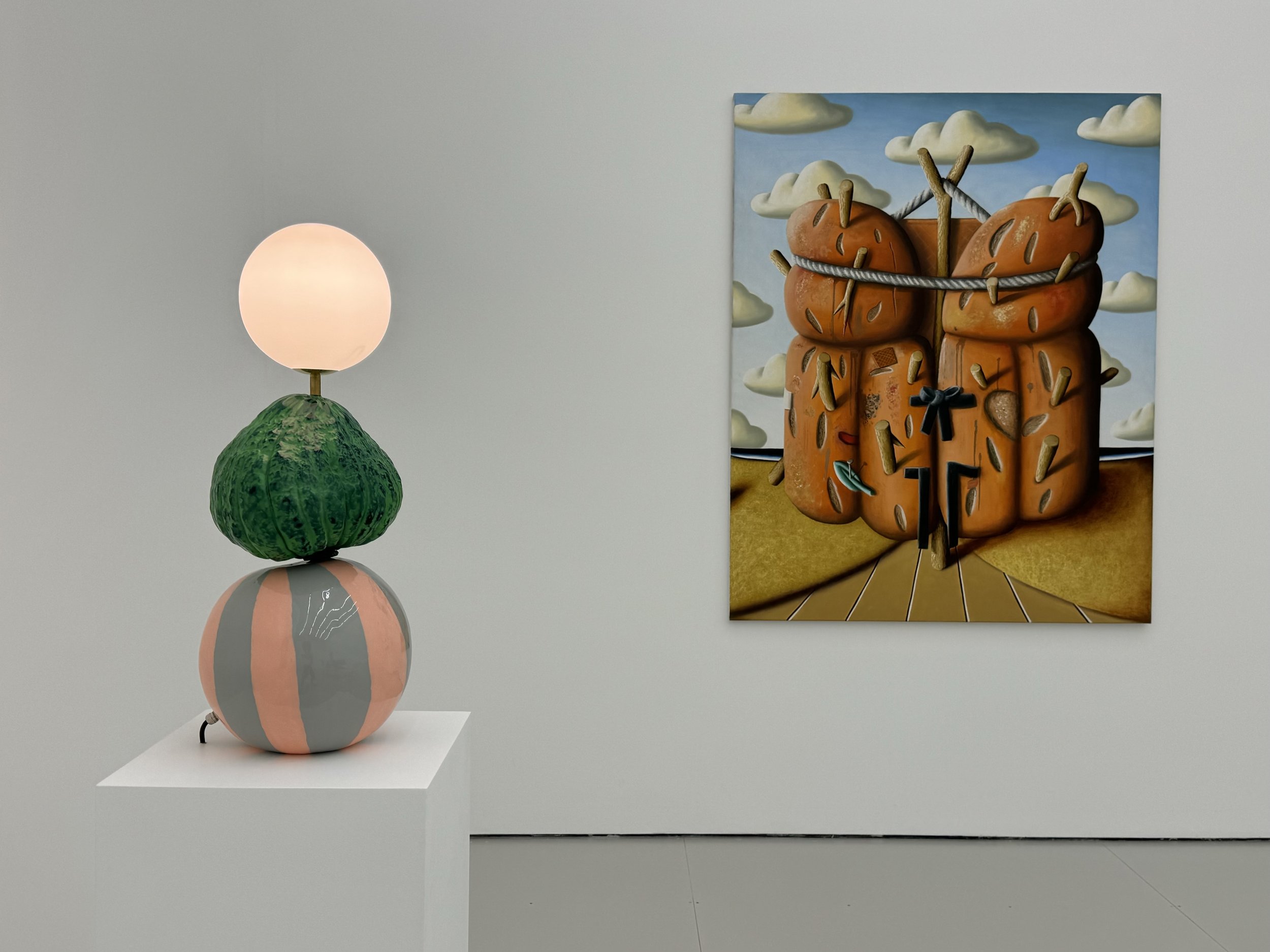
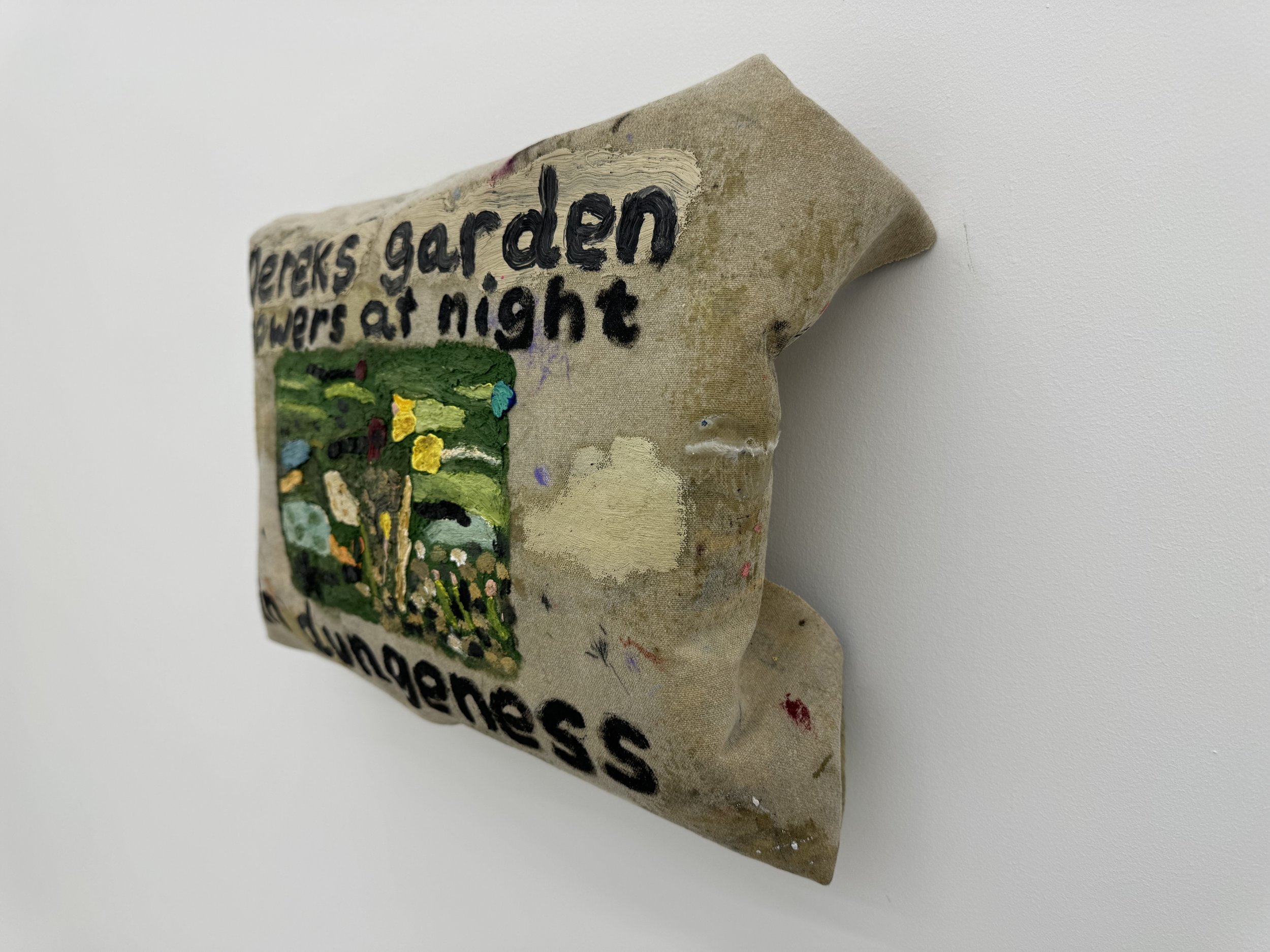
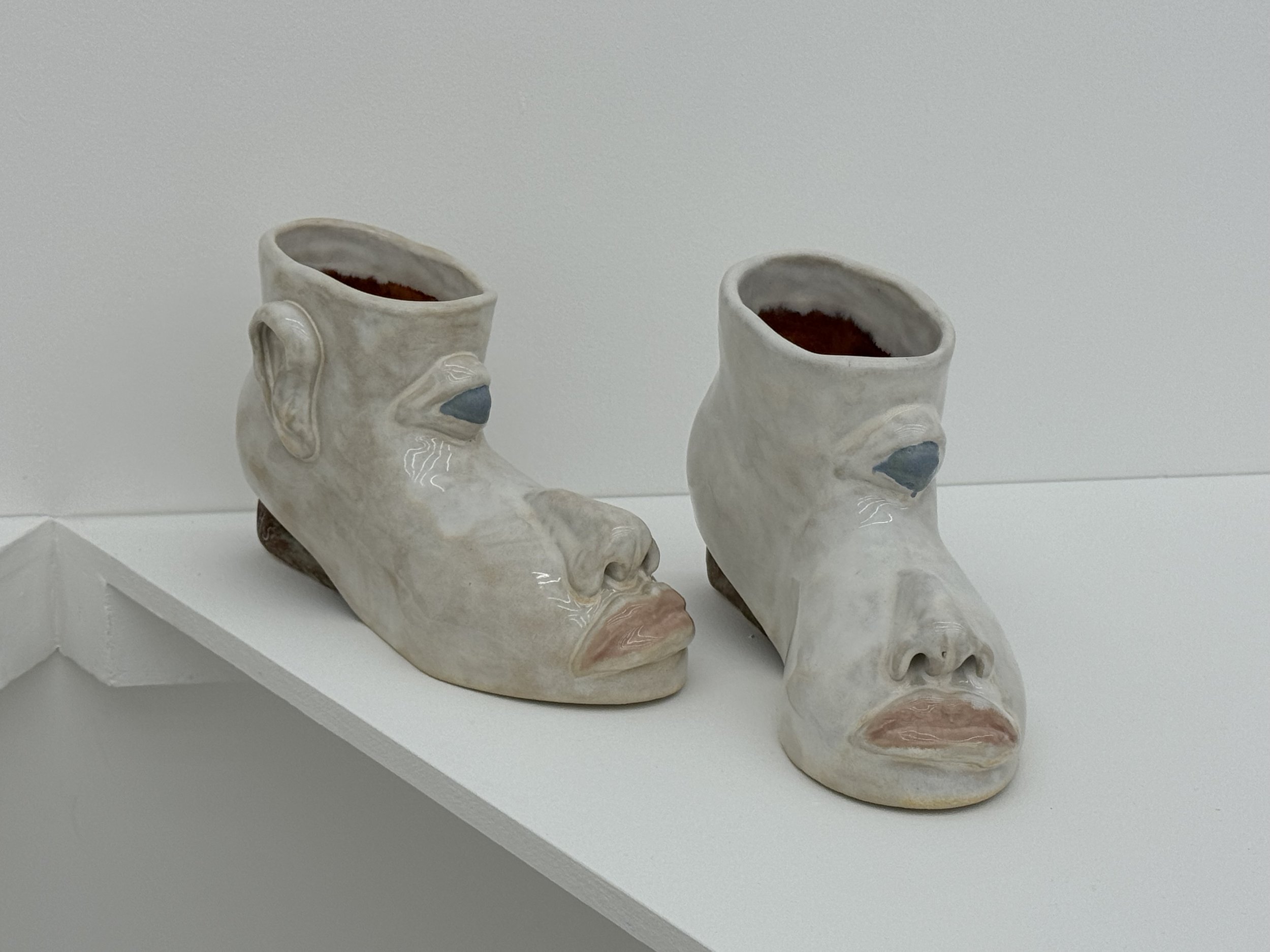


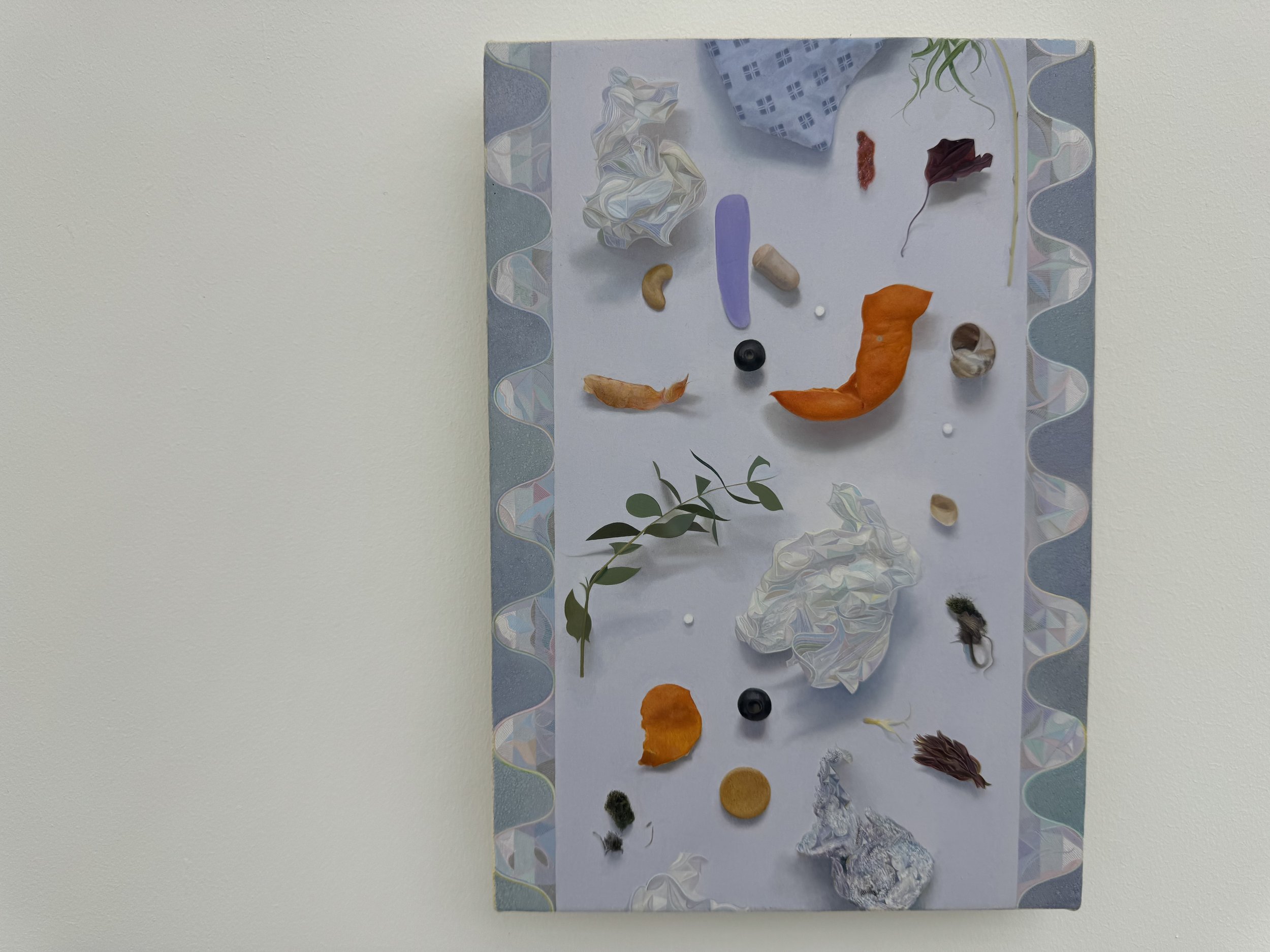
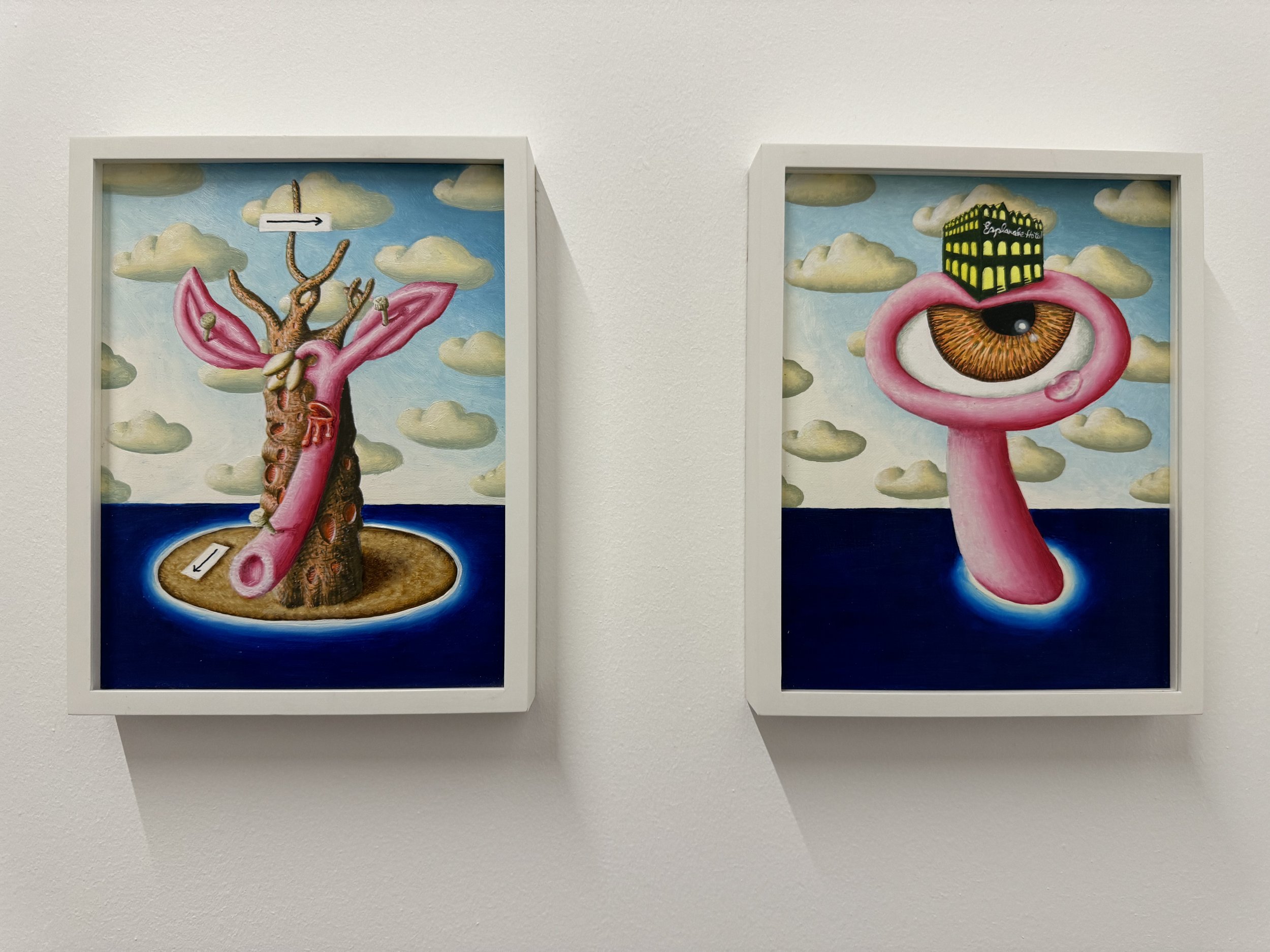
Around the corner in the vaulted East Gallery the atmosphere feels significantly lighter, and not just because of Jonathan Trayte’s strange lamp. Trayte’s sculptures are meticulously detailed and fabricated but… is that really a green gourd balanced on top of a beach ball? Presented alongside Sophie Barber’s painted canvas “pillow” and a table full of smiling ceramic slippers from Holly Stephenson, these works are a welcome reminder that art doesn’t always need to be serious.
Like an iridescent weed in a field of green grass, the works I’ve noted are ones that drew my eyes from across the room. But Greenwood has widely balanced loud with soft, filling out the show with many quieter, more enigmatic works that warrant a longer look. Andy Holden’s towering mound of plaster and household paint, Shiraz Bayjoo’s series of resined plant specimens, Karen McLean’s quilt and Gareth Cadwallader’s made-me-squint details all encouraged me to slow down and absorb.
Cadwallader’s work is the only one that made me wish I’d brought a jewellers loupe as well as my glasses, but despite big potential for scale in Castor’s Holy Trinity venue there are only a few pieces sized to be seen from a distance. Greenwood’s focus on modest dimensions was clearly intended to make the audience get close and intimate with each. And with 34 works from 19 artists, spread across the two main galleries as well as reception and a small viewing room, you’ll want to be sure to allocate enough time to fully appreciate everything.
Featuring:
Sophie Barber - @sophybarber
Shiraz Bayjoo - @shirazbayjoo
Gareth Cadwallader - @garethcadwallader
Exodus Crooks - @exoduscrooks
Martyn Cross - @martyncross
Jane Hayes Greenwood - @janehayesgr
Andy Holden - @andyholdenphotos
Serena Korda - @serenakorda
Mark Leckey - @mark.leckey
Robin Mason - @robinmasonrobin
Vivien McDermid - @vivien_mcdermid
Karen McLean - @karenmclean_art
Victor Seaward - @victor_seaward
Holly Stevenson - @holly__stevenson
Jonathan Trayte - @jonathan_trayte
Emma Talbot - @talbot.emma
Georg Wilson - @georg.kitty
Dominic Watson - @dom.watson
Lian Zhang - @lianzhangstudio
Plan your visit
‘The Nature of Things’ runs until 28 September.
Visit castor.gallery and follow @castor_gallery on Instagram for more info about the venue.
Visit janehayesgreenwood.com and follow @janehayesgr on Instagram for more info about the curator.
PLUS…
Check the What’s On page so you don’t miss any other great shows closing soon.
Subscribe to the Weekly Newsletter. (It’s FREE!)
